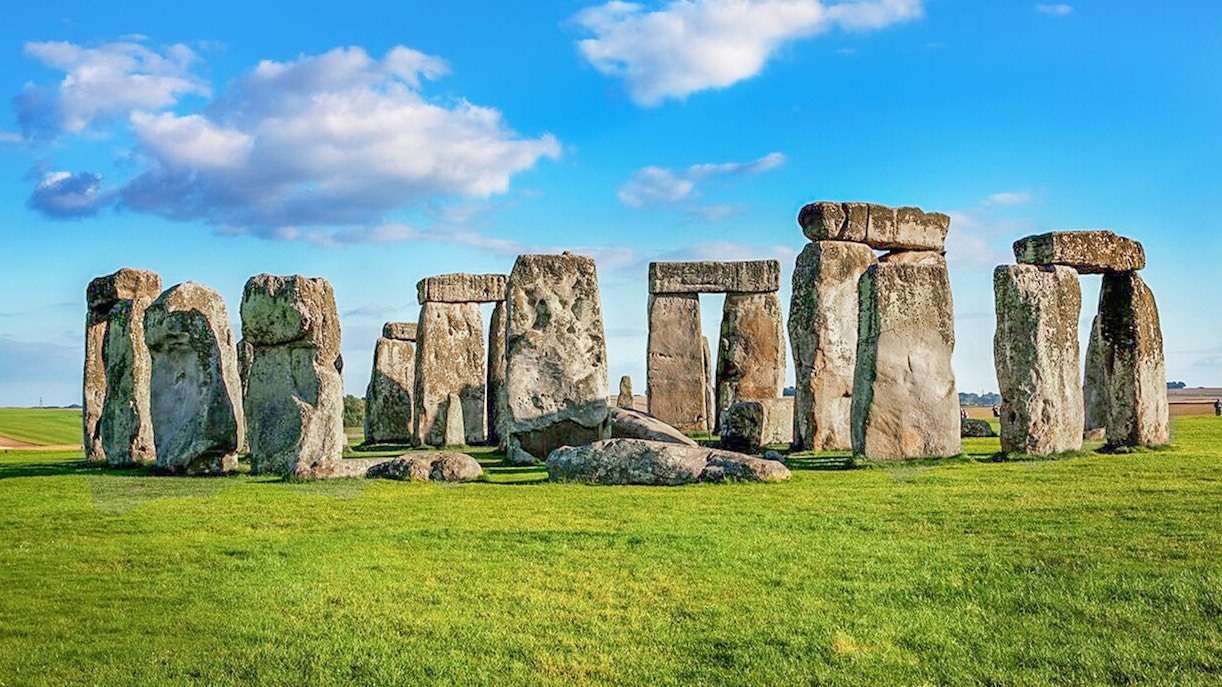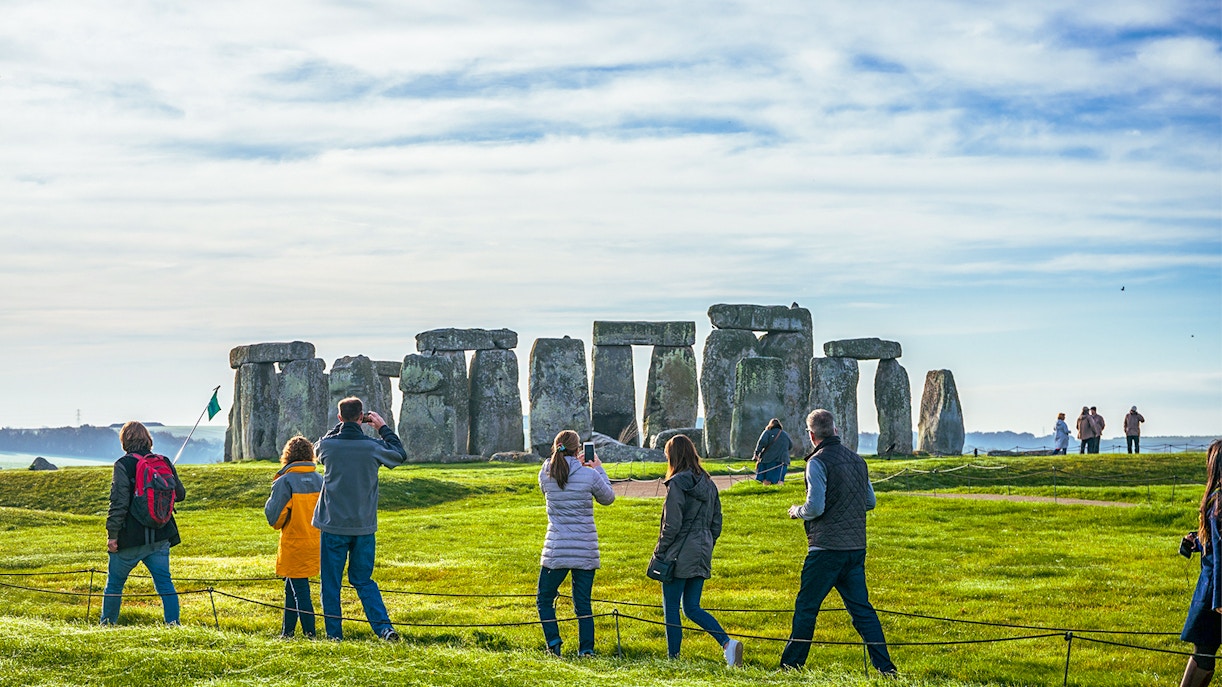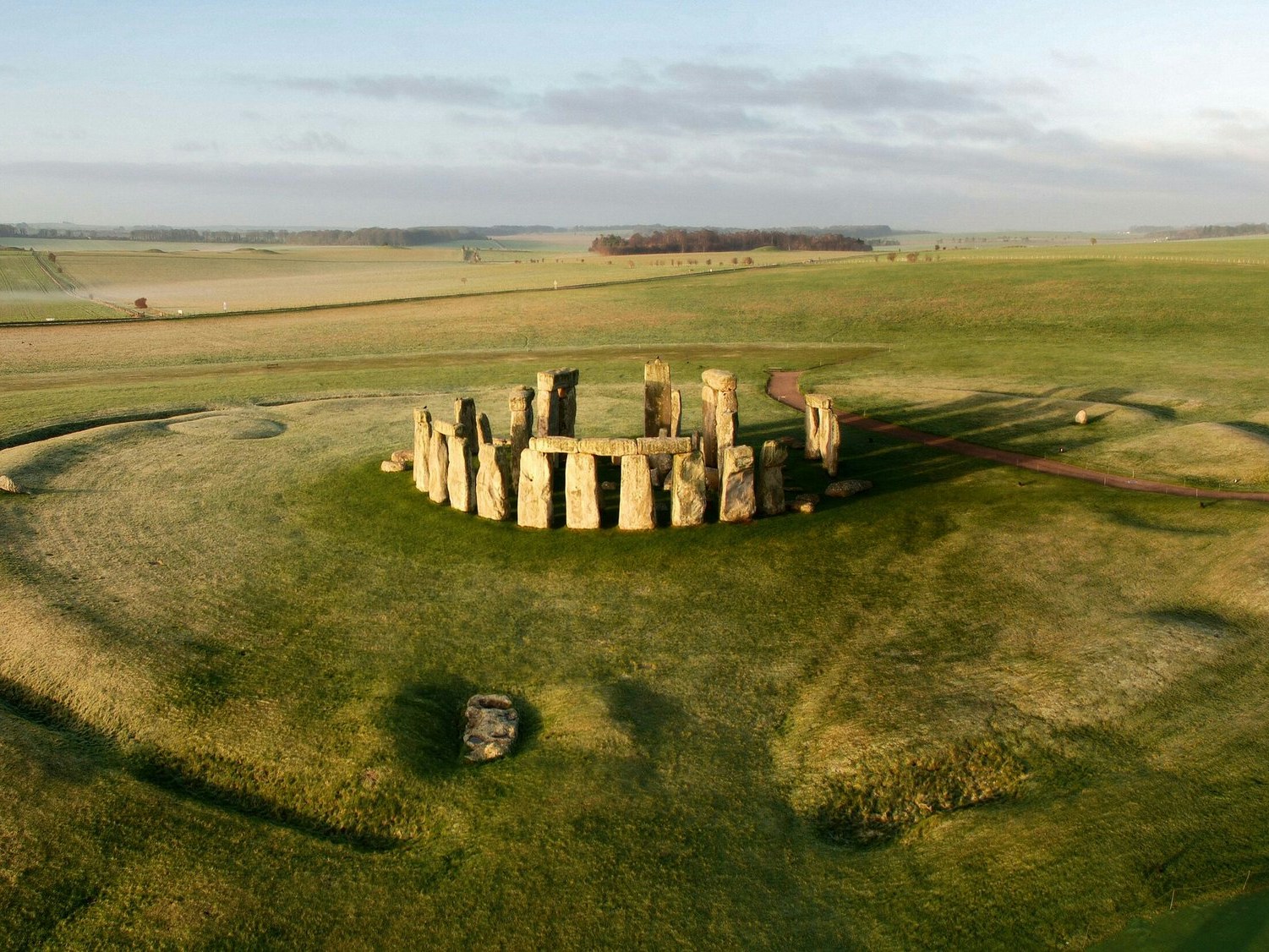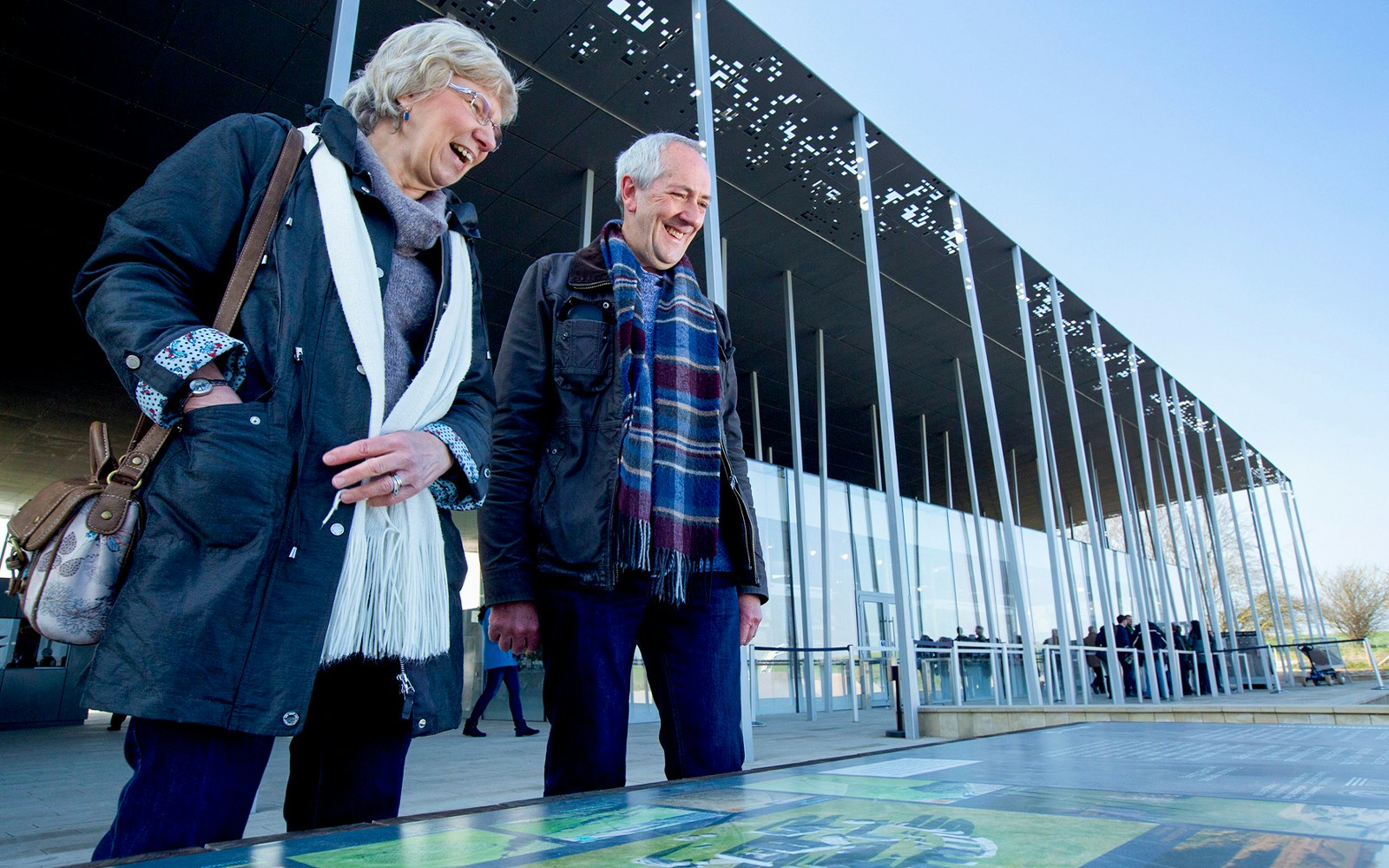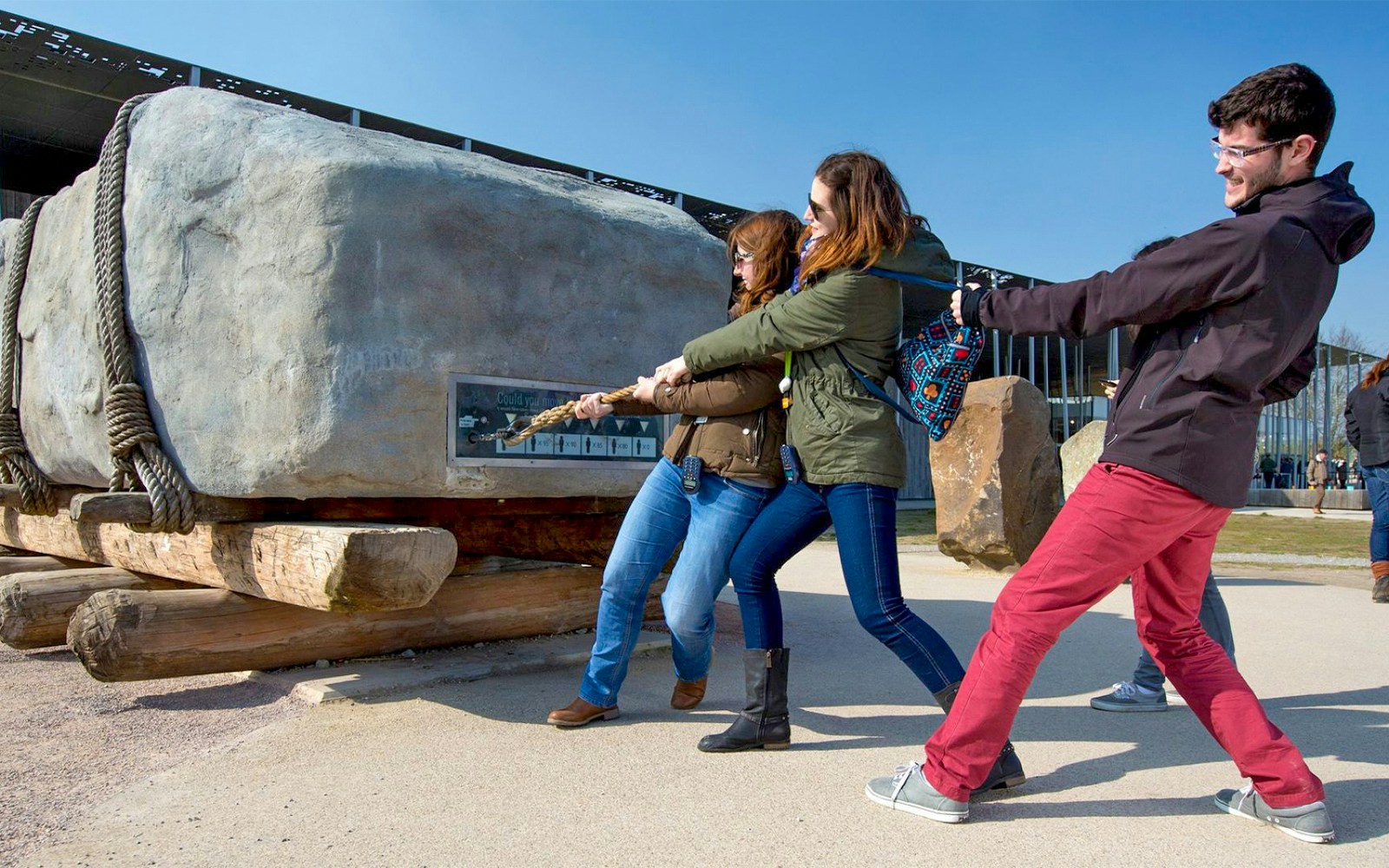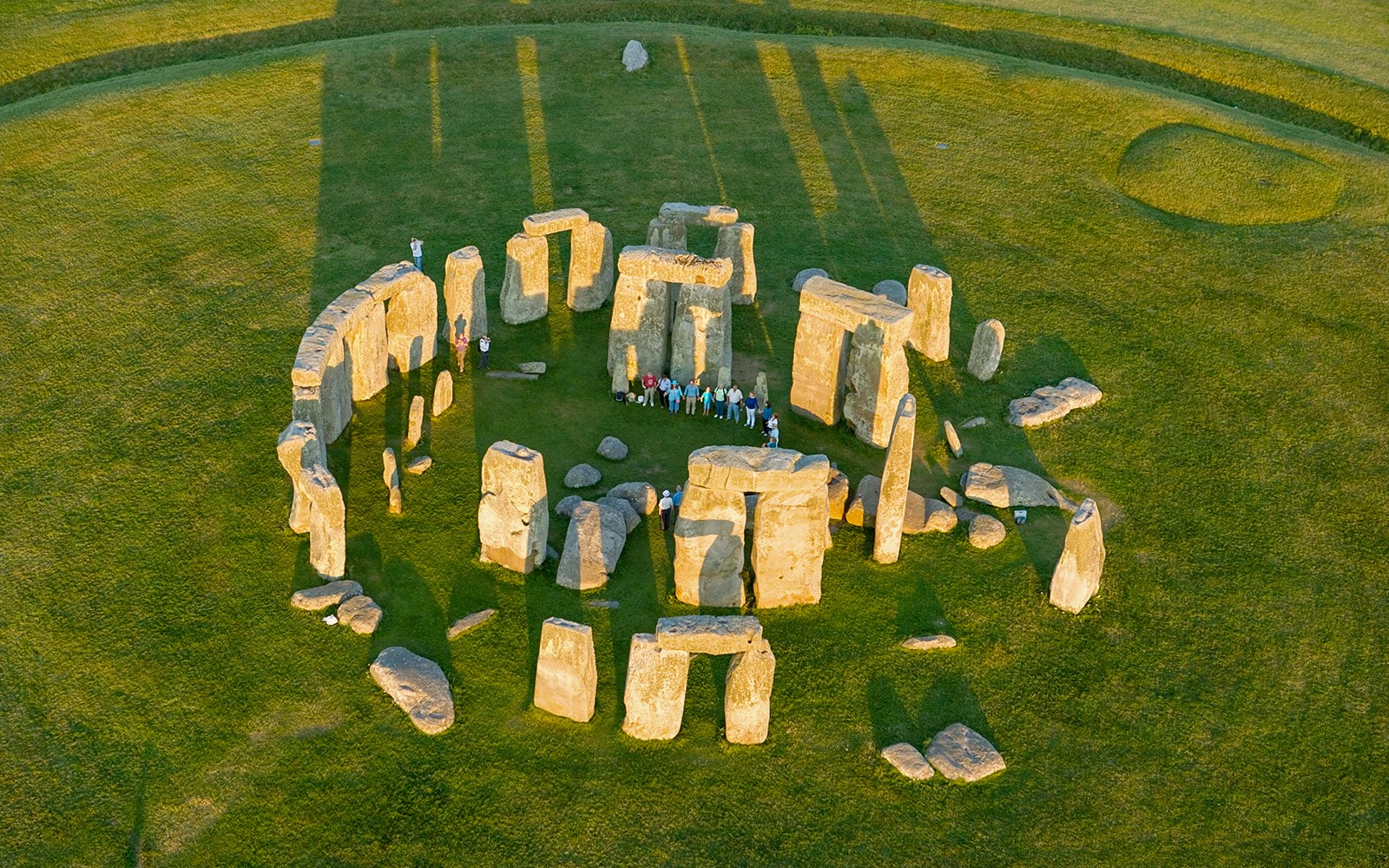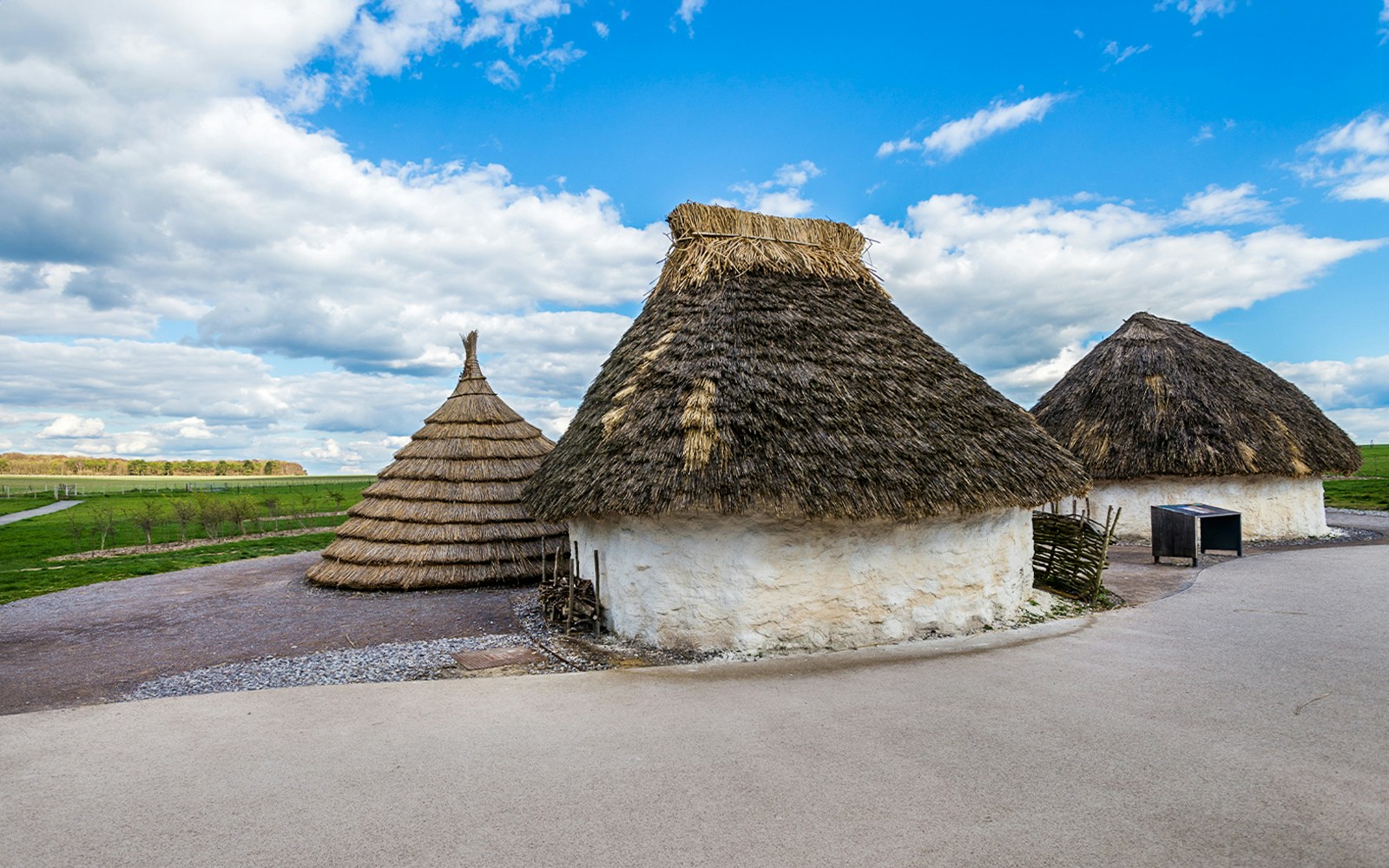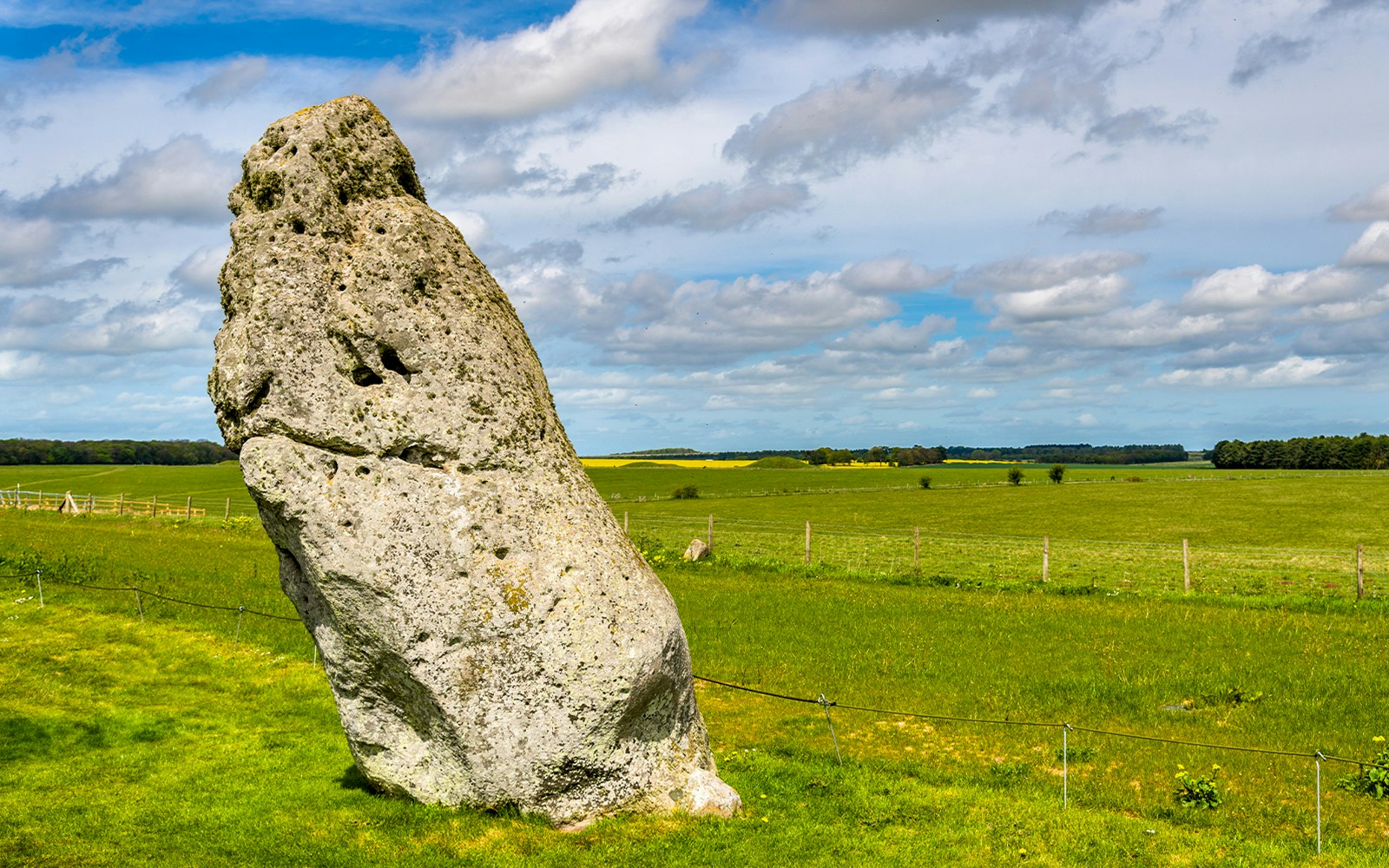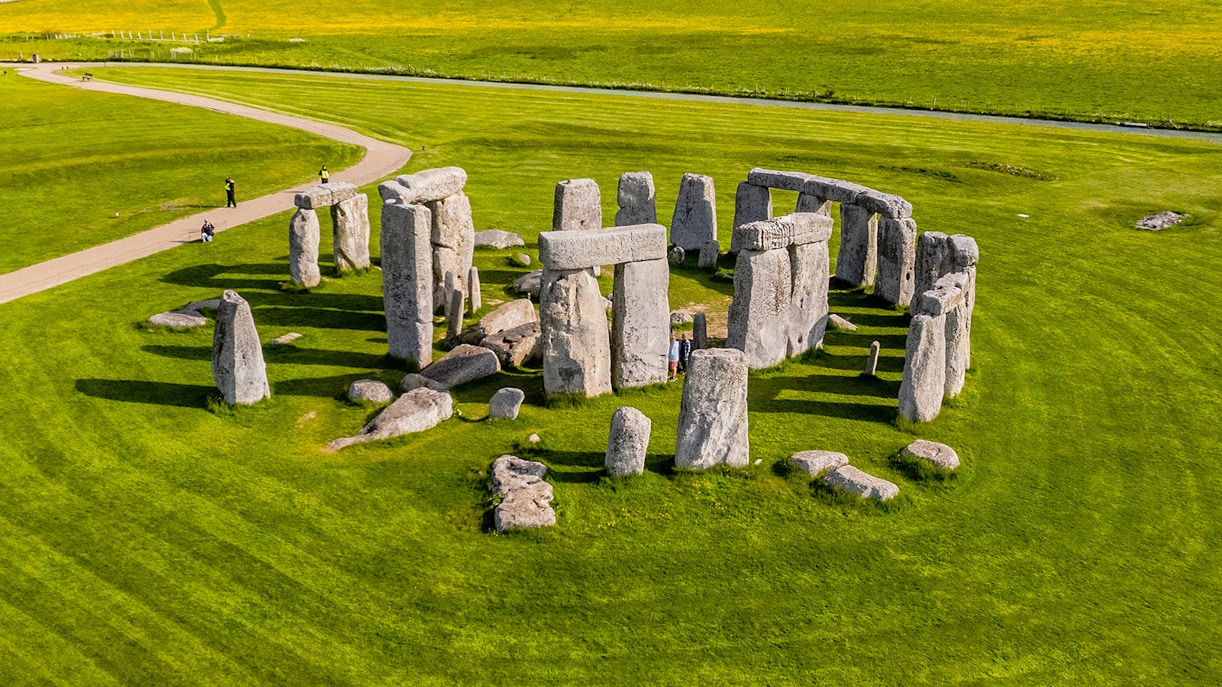- Official name: Stonehenge (part of the Stonehenge, Avebury and Associated Sites World Heritage Site)
- Location: Salisbury Plain, Wiltshire, England
- Construction period: Circa 3100–1600 BC
- Opening hours: Typically 9:30am to 7pm during summer and 9:30am to 5pm during winter
- Creators: Unknown (prehistoric builders)
- Architectural style: Prehistoric megalithic; Neolithic and Bronze Age ceremonial monument
- UNESCO World Heritage status: Designated in 1986
- Annual visitors: Approximately 1.5 million
- Original function: Ceremonial, religious, and burial site
- Current function: Heritage site and popular tourist attraction
Quick facts about Stonehenge
